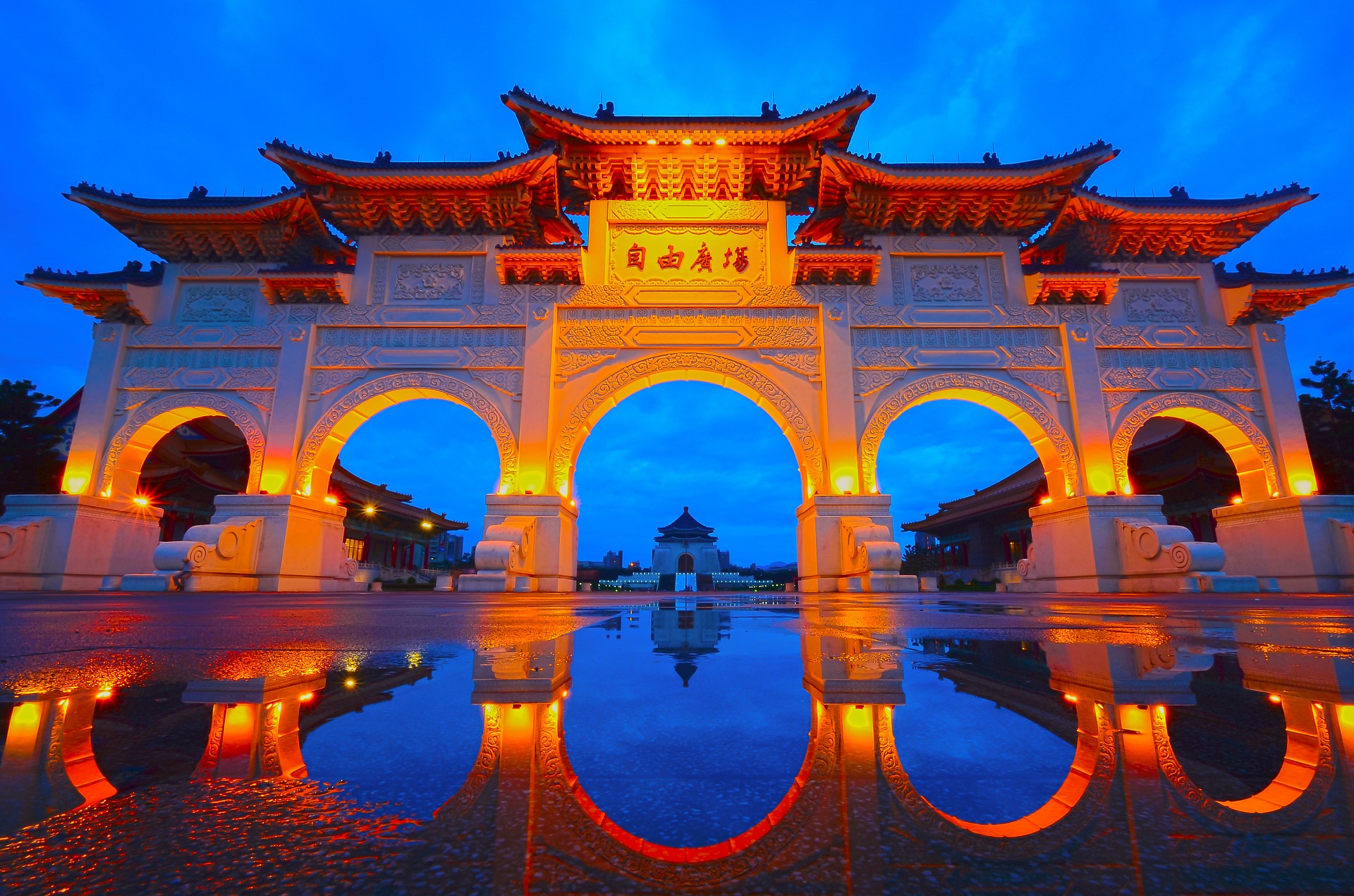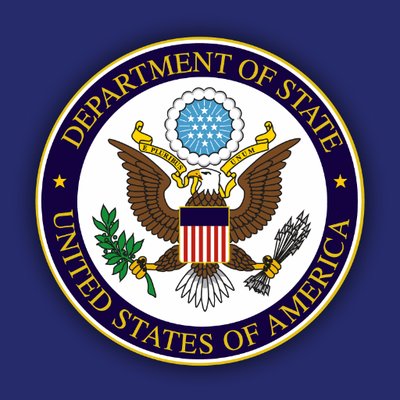
Chinese President Xi Jinping recently promised a “bright future” ahead for relations between Beijing and Taipei, to a delegation of Taiwanese businessmen during a meeting on the sidelines of this year’s Boao Forum for Asia. Xi’s words form the latest stage in the battle for the hearts and minds of Taiwanese people, which has been unfolding since the victory of Tsai Ing-wen and her Democratic Progressive Party (DPP) in the general elections of January 2016.
Political relations between the two sides froze when Tsai’s term began in May 2016, due to her refusal to acknowledge the “1992 Consensus” previously reached by the Chinese Communist Party (CCP) and the Kuomintang. The Consensus states that “the Mainland and Taiwan both belong to One China.” Since then, the two sides have remained locked in a risky stalemate. Beijing continues to require the acknowledgement of the Consensus as a precondition for resuming relations, whilst the Tsai administration aims to establish a new framework recognising both the opposition of the majority of Taiwanese people to national reunification, and the DPP’s own historical adversity to the issue.
The current stalemate in political relations further highlights the competing visions between the two administrations for the future of the Taiwanese economy. Beijing continues to aim for the integration of the island’s economy with the mainland as a path to “soft reunification.” By contrast, the Tsai administration has implemented a three-pronged strategy which aims to detach Taiwan from the “suffocating” embrace of Beijing and rekindle its competitiveness at a global level. It has started an ambitious industrial policy driven by the 5+2 Innovative Industries Plan and the Forward-looking Infrastructure Development Plan; it has begun to tackle much needed reforms to the pension system and labour laws; and it has been strengthening both business ties and people-to-people relations with its neighbours in the Indo-Asia-Pacific through the administration’s flagship program, the New Southbound Initiative.
The resolute approach of the Tsai administration, markedly different from the passivity of the previous Ma Ying-jeou administration, explains Beijing’s most recent moves. On February 28, the Taiwan Affairs Office (TAO) announced a package of thirty-one measures benefitting Taiwanese businesses and people. The package promises to provide Taiwan-funded businesses “equal treatment” (tongdeng daiyu) to their mainland counterparts regarding a range of initiatives including the “Made in China 2025” strategic plan, the reform of China’s SOEs, and Belt and Road-related projects. Similarly, Taiwanese people resident in mainland China will be able to access a variety of national schemes, funds, and examinations for professional qualifications, previously available only to PRC nationals.
Beijing’s new focus on fostering business and people-to-people relations across the Strait seems to hint at a new soft power offensive addressing the Taiwan issue. However, as is often the case when discussing China’s soft power, it would be more correct to use the term “sticky power,” originally coined by Walter Russell Mead to describe Washington’s ability to deploy “a set of economic institutions and policies that attracts others toward U.S. influence and then traps them in it.” In other words, given the current entrenchment of Taiwanese identity politics among the public, the Xi administration appears eager to rely on the sheer power of its economy rather than on the attractive power of its cultural and political values, which are currently of limited appeal in Taiwan.
Even though it is still too early to assess the reception of the recent TAO measures among Taiwanese people, the results of the most recent polls issued by the Election Study Center of the National Chengchi University are evidence, indeed, of the still-vast gulf between Beijing’s expectations and the sentiments of the local public. In December 2017, 55.3 percent of the population identified as “Taiwanese,” 37.3 percent as “Taiwanese and Chinese”, and only 3.7 percent as “Chinese.” Similarly, support for immediate national unification among the public stands at 2.2 percent, whilst 17.2 percent of the public aim for independence, and more than 50 percent call for the maintenance of the status quo, either indefinitely or with the aspiration to delay the decision on reunification to a “later date.”
The shortcomings of China’s soft power and the limited effectiveness so far of the recent sticky power measures leave a narrow set of alternative options to encourage national reunification in the coming years. The most immediate choice would be to decisively resort to economic statecraft to apply pressure on the Tsai administration. Until now, Beijing has limited itself to reducing the number of Chinese tourists to Taiwan, a move to which the island has partially responded by relaxing visa policies with its neighbours. China has, however, considerable room to apply further pressure on Taiwan. Recent data from Taiwan’s Mainland Affairs Council show that, despite the stalemate of political relations, economic ties with Beijing remain crucial to the island. Cross-Strait trade in 2017 amounted to $139 billion, up 18 percent from the end of 2016, whilst the value of Taiwanese exports to the mainland was $89 billion, registering a 20.5 percent annual growth. Yet, a more muscular approach would likely further deteriorate China’s image on the island and stimulate the Tsai administration’s efforts to reduce economic dependency on mainland China.
Furthermore, Beijing’s calculations must also take into account the manoeuvres of the Trump administration, which has reinforced its support for Taipei in the midst of its strategic confrontation with China. Since last summer, Washington has completed a $1.42 billion arms sale to the island, signed a National Defense Authorization Act suggesting the re-establishment of port of calls between the American and the Taiwanese navies, issued a National Security Strategy promising “to provide for Taiwan’s legitimate defense needs and deter coercion” and passed the Taiwan Travel Act, which encourages “visits between officials of the United States and Taiwan.”
It is probably the combination of American pressure, Taiwanese pro-activism, and the absence of effective short-term measures which has pushed the Xi administration to resort to more threatening rhetoric and displays of military force. This explains why Xi has repeatedly warned that Beijing will not tolerate any attempt to split “any part” of the Chinese territory; he made particularly strong remarks on this issue at the 19th Congress of the CCP in October and at the recent “Two Sessions” (lianghui) held in March. Meanwhile, the PLA Navy and the PLA Air Force have been holding a series of high-profile military exercises in the Taiwan Strait since July 2017.
To conclude, the assertive narratives of national rejuvenation that have characterised the Xi administration since its beginning have now cornered China into finding a rapid solution to the Taiwan issue to present to the Chinese public. Whatever kind of power Beijing decides to exert over the island, whether it be soft or hard, the decision will have momentous consequences on both sides of the Strait.


